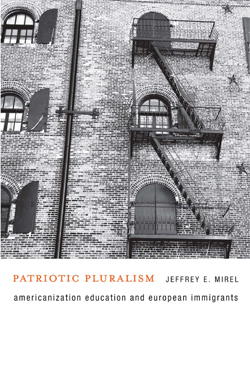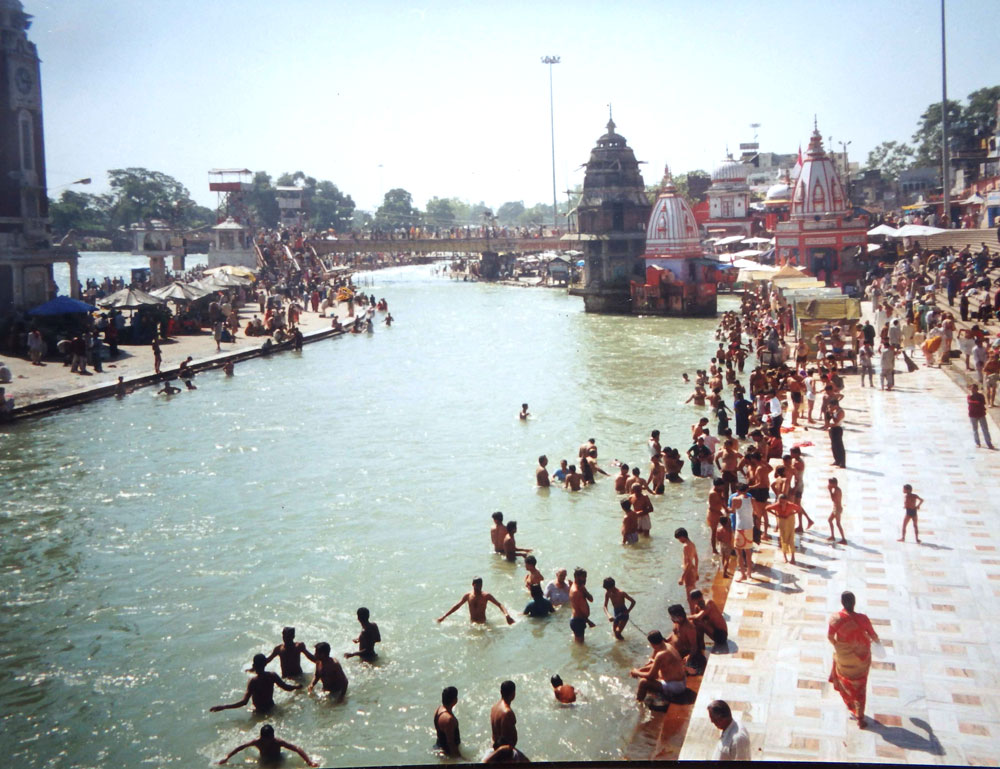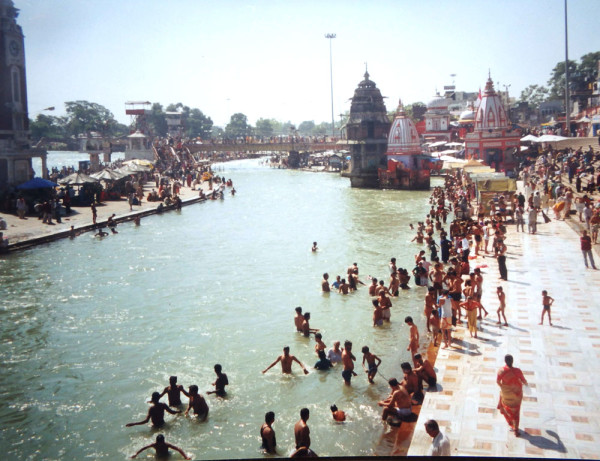How do diverse societies integrate newcomers? How do they balance the need to develop a sense of community with the desire to maintain one’s ancestral culture? Every multiethnic society faces these questions, and those that fail to agree on an approach are doomed to fall apart. The United States has been grappling with these questions from the first day of its existence, and its approaches have evolved over time.
The long-standing perception in America is that immigrants a century ago were routinely stripped of their ethnic ties and “melted” down to become “100% American,” demonstrating loyal only to their country of residence and becoming carbon copies of the Anglo American mainstream. In Patriotic Pluralism: Americanization Education and European Immigrants, historian Jeffrey Mirel challenges this view by looking at the civic instruction European immigrants received in the first half of the twentieth century.
As part of Mirel’s study, he offers a powerful argument on a vital question: what is the nature of nationalism and national identity? He emphasizes the contrast between civic and ethnic nationalists in the United States by way of the debate over whether those from outside Anglo-Nordic ethnic backgrounds could ever become “true” Americans, and whether Americanness was limited to those of the “right” ancestry.
Within the civic nationalist camp, Mirel describes three different positions on how to integrate immigrants: assimilationists who demand that immigrants completely abandon their cultural heritage in favor of a “100% American” identity, cultural pluralists who encourage immigrants to adopt a “hyphenated” identity, and amalgamationists who advocate the creation of a singular American identity through interethnic marriage. He argues that these three civic nationalist groups differ only by degree, but are all distinct from the ethnic nationalist positions on the most important question: whether blood defines the boundaries of American identity.
After 1930, the demand for full assimilation weakened as native-born Americans came to realize that showing respect for immigrants’ desire to honor the culture of their forebears was a more effective way to achieve Americanization. The foreign language press proved a most successful avenue.
Before they could speak English, foreign language newspapers taught immigrants “how to negotiate and adapt to American life and culture.” The articles encouraged loyalty to America and inculcated American ideals, such as democracy, the rule of law, and loyalty to the United States. The writers also emphasized the belief that American ideals centered on equality and a respect for different perspectives. The press combined the pluralism of the pluralists with the powerful patriotism of the assimilationists. This concept worked for them then and, arguably, continues to do so for immigrants today.
As a someone who has long studied the issue of national identity formation in multiethnic societies, I found Mirel’s book incredibly stimulating and well-argued. It could have been a narrow study of what the foreign language press had to say about Americanization education, but it is much richer and deeper. Mirel offers serious exploration of a question that is at the center of our country’s history, present, and future: how do we become Americans?
President Barack Obama described the process of Americanization as a kind of “gumbo” where new ingredients added by the chef influence the taste of the soup, even as they are changed significantly by what they’ve been dropped into. I’m certain that Mirel and Obama would agree that Americanization works best when it is shaped both by newcomers and those who are native-born. That’s how you build a community, a nation, out of a diverse population.
- Follow us on Twitter: @inthefray
- Comment on stories or like us on Facebook
- Subscribe to our free email newsletter
- Send us your writing, photography, or artwork
- Republish our Creative Commons-licensed content




